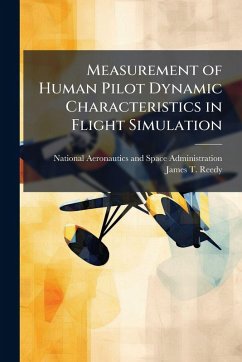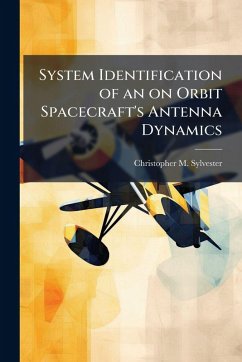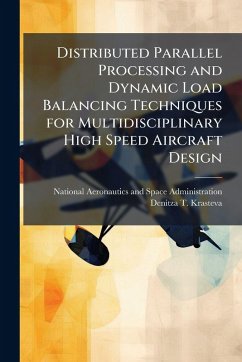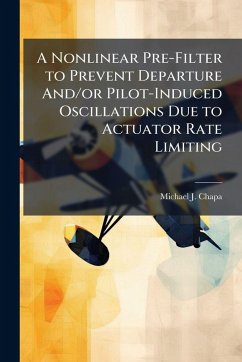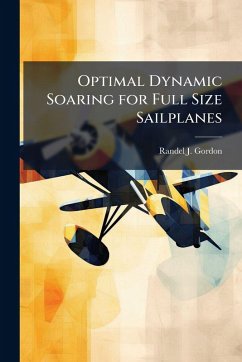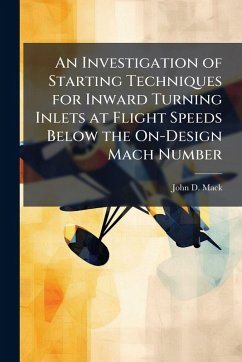
Rotorcraft Flight Control Design Using Quantitative Feedback Theory and Dynamic Crossfeeds

PAYBACK Punkte
8 °P sammeln!
A multi-input, multi-output controls design with robust crossfeeds is presented for a rotorcraft in near-hovering flight using quantitative feedback theory (QFT). Decoupling criteria are developed for dynamic crossfeed design and implementation. Frequency dependent performance metrics focusing on piloted flight are developed and tested on 23 flight configurations. The metrics show that the resulting design is superior to alternative control system designs using conventional fixed-gain crossfeeds and to feedback-only designs which rely on high gains to suppress undesired off-axis responses. The...
A multi-input, multi-output controls design with robust crossfeeds is presented for a rotorcraft in near-hovering flight using quantitative feedback theory (QFT). Decoupling criteria are developed for dynamic crossfeed design and implementation. Frequency dependent performance metrics focusing on piloted flight are developed and tested on 23 flight configurations. The metrics show that the resulting design is superior to alternative control system designs using conventional fixed-gain crossfeeds and to feedback-only designs which rely on high gains to suppress undesired off-axis responses. The use of dynamic, robust crossfeeds prior to the QFT design reduces the magnitude of required feedback gain and results in performance that meets current handling qualities specifications relative to the decoupling of off-axis responses. The combined effect of the QFT feedback design following the implementation of low-order, dynamic crossfeed compensator successfully decouples ten of twelve off-axis channels. For the other two channels it was not possible to find a single, low-order crossfeed that was effective. This work has been selected by scholars as being culturally important, and is part of the knowledge base of civilization as we know it. This work was reproduced from the original artifact, and remains as true to the original work as possible. Therefore, you will see the original copyright references, library stamps (as most of these works have been housed in our most important libraries around the world), and other notations in the work. This work is in the public domain in the United States of America, and possibly other nations. Within the United States, you may freely copy and distribute this work, as no entity (individual or corporate) has a copyright on the body of the work. As a reproduction of a historical artifact, this work may contain missing or blurred pages, poor pictures, errant marks, etc. Scholars believe, and we concur, that this work is important enough to be preserved, reproduced, and made generally available to the public. We appreciate your support of the preservation process, and thank you for being an important part of keeping this knowledge alive and relevant.





